Health care is complex and the language around the industry is often full of jargon and acronyms. This can often make some parts of healthcare feel inaccessible to members and professionals alike. As J2 onboards new employees, we’ve found it helpful to provide them with a glossary of important provider network related terms to learn. In the spirit of making health care more accessible, J2 is publishing our internal list to the public in two parts.
Below are the key terms that we use everyday in our work to power the best provider networks. Stay tuned for part 2: Acronyms to know!
Payer/Payor – Organizations that provide health insurance. Payers (we prefer this spelling) determine service prices, collect payments, and handle claims and can offer a variety of plan types (commercial, medicare, medicaid, etc) to a variety of buyers (individuals, employers, etc).
Provider– A person or health facility organization that delivers medical care or treatment.
Provider Network – A Provider Network is a list of doctors, pharmacies, and facilities that an insurance plan contracts with to offer care to their members. Over 70% of Americans use provider networks to receive access to care.
Health System – A health system is at least two health care organizations (hospital, provider group -see below – etc.) that provide care and are affiliated through shared ownership or a contracting relationship for payment and service delivery.
Speciality – A speciality is a focused branch of medicine that pertains to a specific group of patients, diseases, skills or philosophy. Some examples include Cardiology, Neurology, Pediatrician and Optomologist.
Facility – Facilities, simply put, are places that provide medical services. This can be anything from a small mental health clinic to a large hospital in a major city.
Fee Schedule – This refers to the maximum rate a payer will allow a provider to charge for a service. Payers negotiate these fee schedules with provider groups when bringing them in their networks.
Premium – A premium is the amount an insurance policyholder must pay to maintain their insurance. These are usually charged monthly.
Network Adequacy – Network Adequacy, in a nutshell, is the ability for a health plan to deliver timely access to a sufficient number of in-network providers for their members. More specifically network adequacy showcases as a series of regulations that a health plan must work through in order to list their plan for sale to consumers. Most of these regulations revolve around time and distance calculations to ensure that provider groups and facilities are within easy access to members. Any plans revolving around Medicaid, Medicare, Medicare Advantage or ACA exchanges must first be compliant with the relevant network adequacy standards before they can entertain selling the plan to members.
Time/Distance Standards – These standards are part of network adequacy requirements that certain plans must meet to assess if members are easily able to access plan providers. An example of time/distance standards would be a regulation such as the following. “All members must be within 100 mile driving distance of a cardiologist” or “All members must be 45 minutes from a primary care physician.”
Network Exception – A network exception when a payer grants approval to a member seeking care outside of their plan’s network. This typically occurs when there is a gap in their network and a member cannot receive the care they need. The insurance company will then cover out of network care at an in-network cost. This means members will not be penalized for going out of network for care and will pay the standard in-network fee to receive care.
Network Breadth – Network breadth is a measure of how to evaluate the size of a provider network. On Healthcare.gov, members are able to view a plan’s network breadth, how broad or narrow a plan is in comparison to other plans offered in that service area.
Narrow Network – Narrow networks are provider networks that, in comparison to other plans, have fewer number of providers included.They, in theory, are designed to have lower premiums for members. More about the relationship between network breadth and premiums here.
Gap – A gap (and in this context we mean “network gap”) is a place in the network where a plan is not meeting network adequacy standards. An example of this would be that there are no anesthesiologists in a specific location in a plan, resulting in a gap in coverage for the relevant members.
Marketability – Marketability measures the salability of, in this case, a health plan in comparison to other plans offered. Factors that may make one plan more Marketable can include premium cost or the inclusion of popular providers (provider utilization rates may shed some light on this).
Provider Performance – Provider Performance often refers to the quality of the care they provide to members and the cost at which they provide that care. High quality low cost providers can be considered high performing providers.
High Performing Network – A network that is both low cost and high quality. This means that members are receiving excellent care for a superior price.
Groups – Groups refers to an organization that is composed of more than one provider who have come together in order to provide care. Groups share an organizational structure and can contract with payers as a single entity.
Affiliation – Affiliation most often refers to the relationship between a physician, group, or hospital and another hospital. These can be varying symbiotic partnerships but they usually revolve around access to information and resources. For example a group might affiliate with a hospital in order to have access to their tools or gain referrals. Two hospitals may affiliate to share medical records or make it easier for patients to see a specialist.
Admitting Privileges – Admitting privileges are formal agreements between physicians and hospitals that allow the physician to admit patients and service them in the hospital. This can be a tricky problem for insurance companies when you have an in-network doctor who has out of network admitting privileges!
Referral Patterns – Referral patterns study how doctors refer patients to different doctors. Oftentimes this is from a Primary Care Physician to a specialist.
Provider Utilization – Provider Utilization is a measurement of how often a doctor or facility provides medical care. This is often used to evaluate whether or not a plan (or a health system) wants to include a provider in a contractual arrangement, such as a provider network.
Medicare – Medicare is government subsidized healthcare for people with long-term disabilities and citizens of ages older than 65. Medicare is a federal program and all medicare plans are governed by network adequacy rules. Medicare covers inpatient hospital visits (Part A) and doctor visits (Part B).
Medicare Advantage – Medicare Advantage is medicare offered from private insurers rather than the federal government. Medicare Advantage covers all of Medicare with the addition of pharmaceutical drug prescriptions. Medicare Advantage has the strengths of plan diversity (due to the private companies offering plans) and covered services but also has the drawback of having closed provider networks.
Health Equity – Health Equity is the idea that everyone should have an equal opportunity to live their healthiest lives. Health equity conversations often circle around wealth and race.
—–
J2 Health is a cloud-based software solution that enables health organizations to build their best provider networks with focus and speed. Centralizing key access, performance, & marketability insights into one solution, J2 allows organizations to accomplish in seconds what previously took weeks. Contact us to learn more today!





